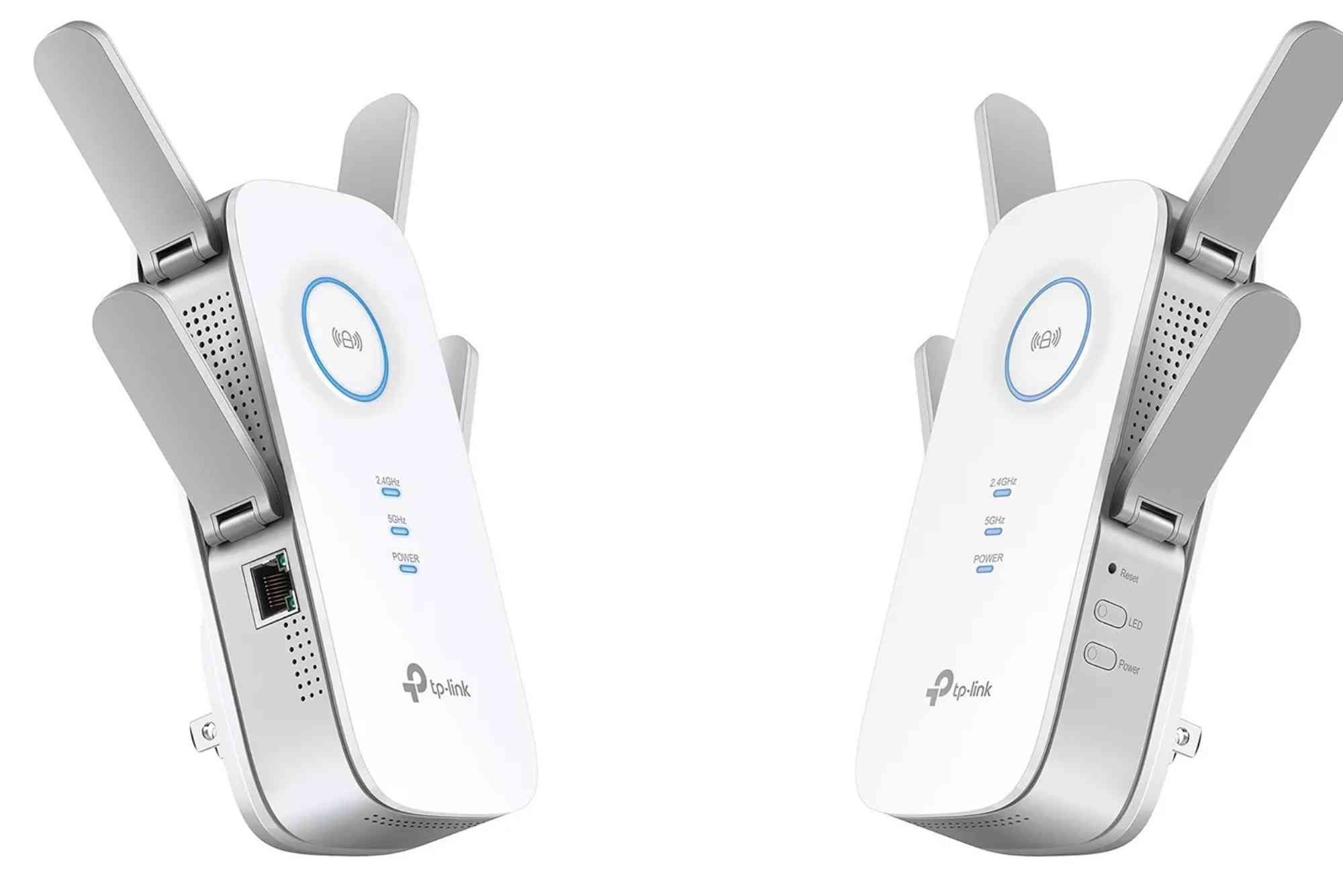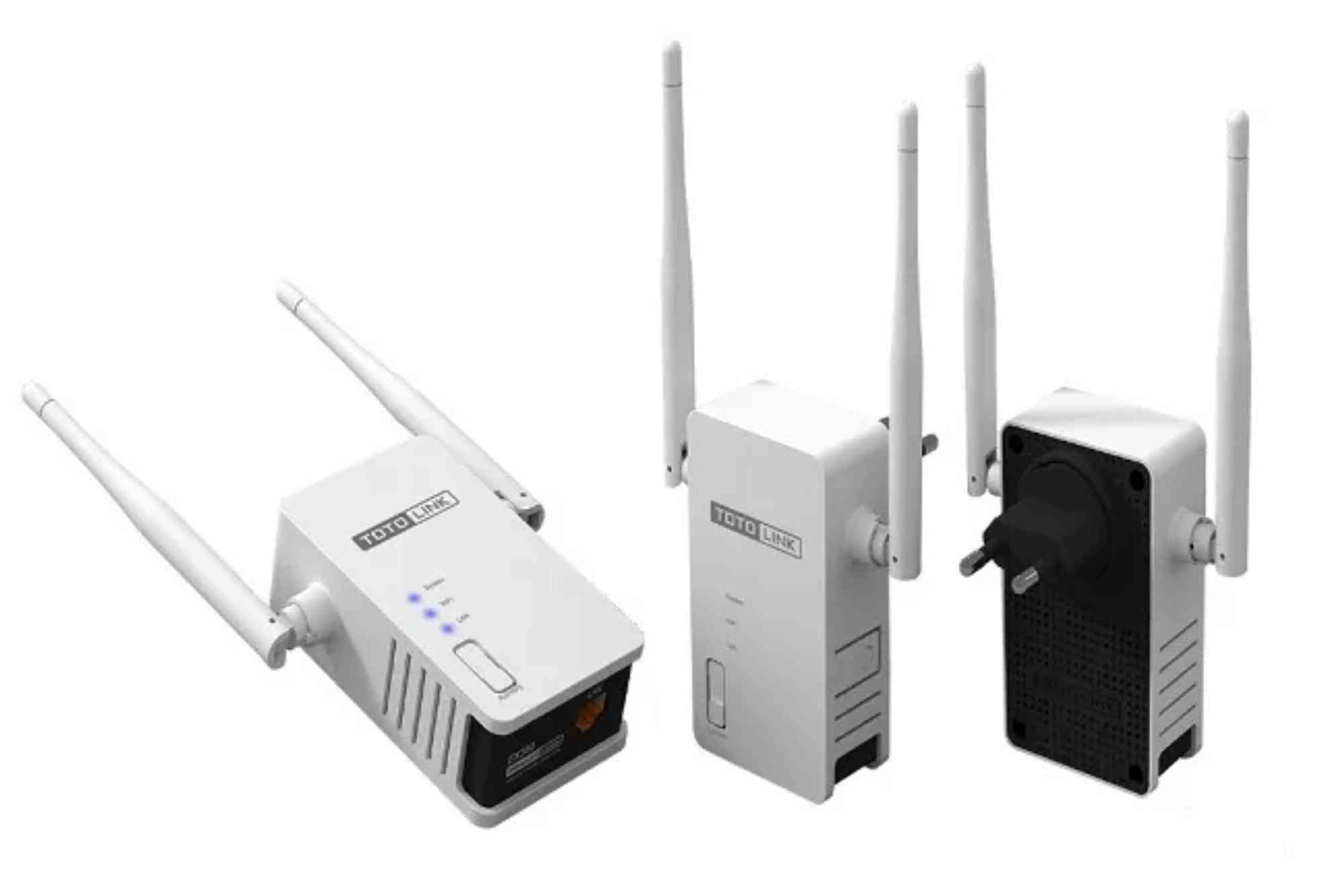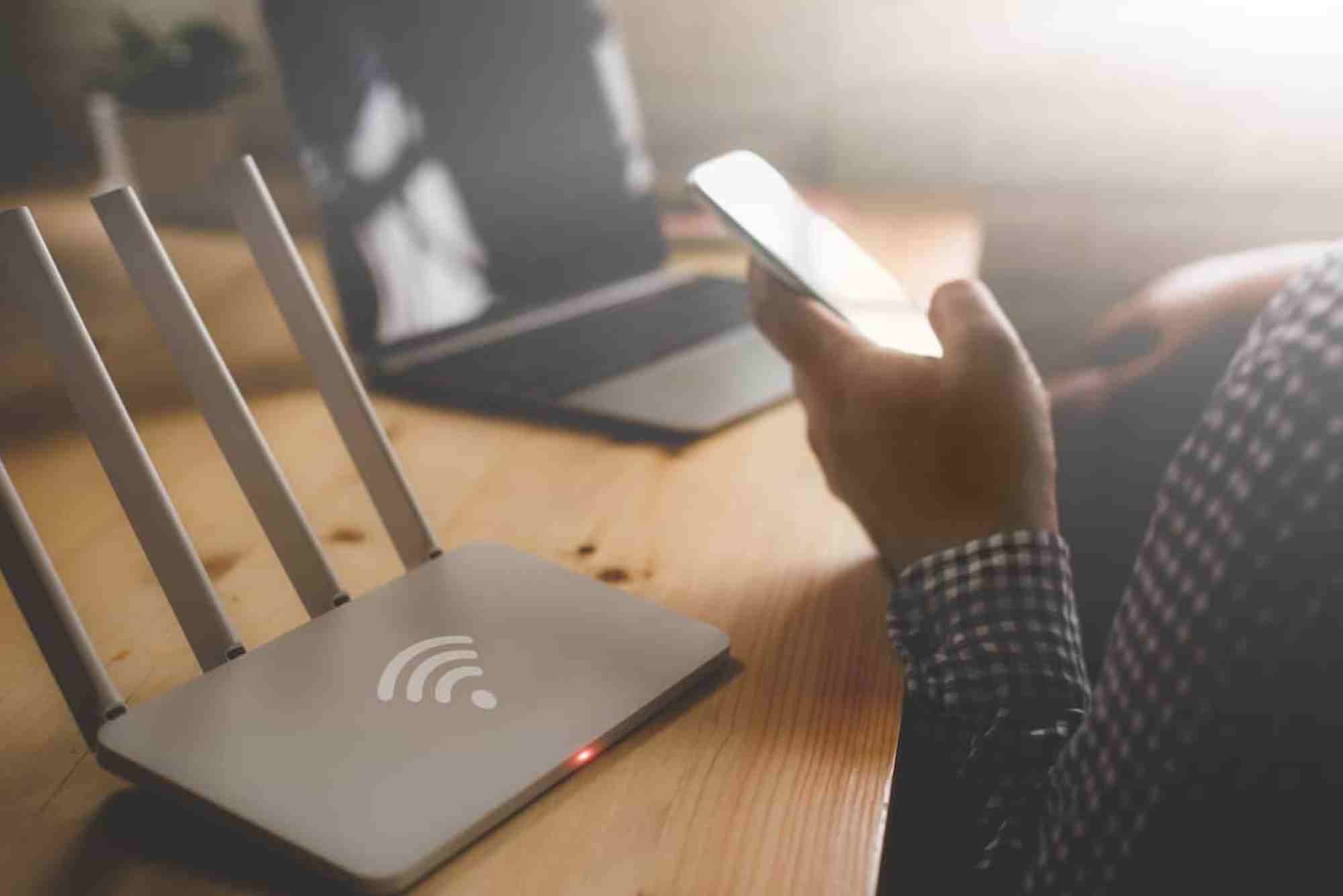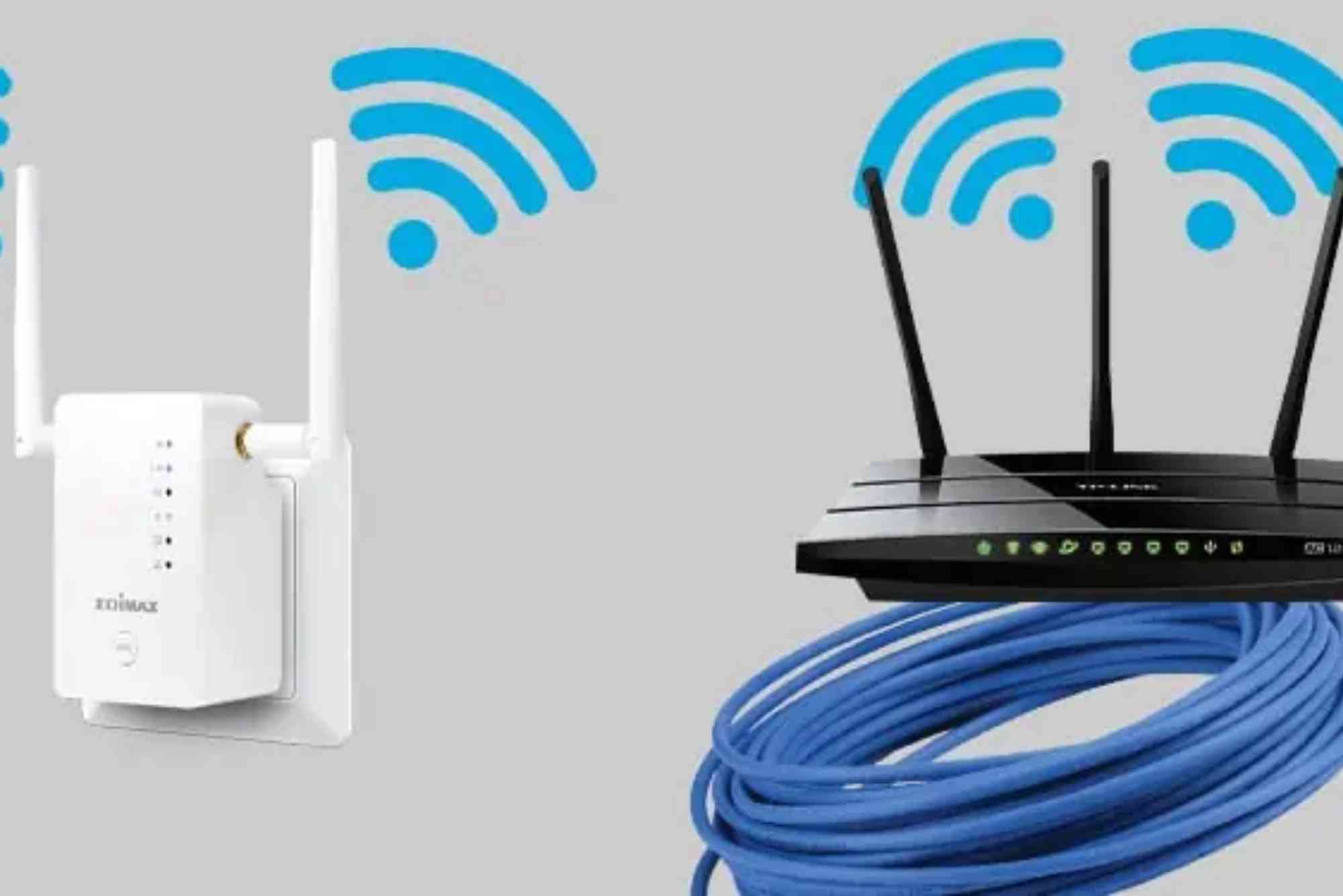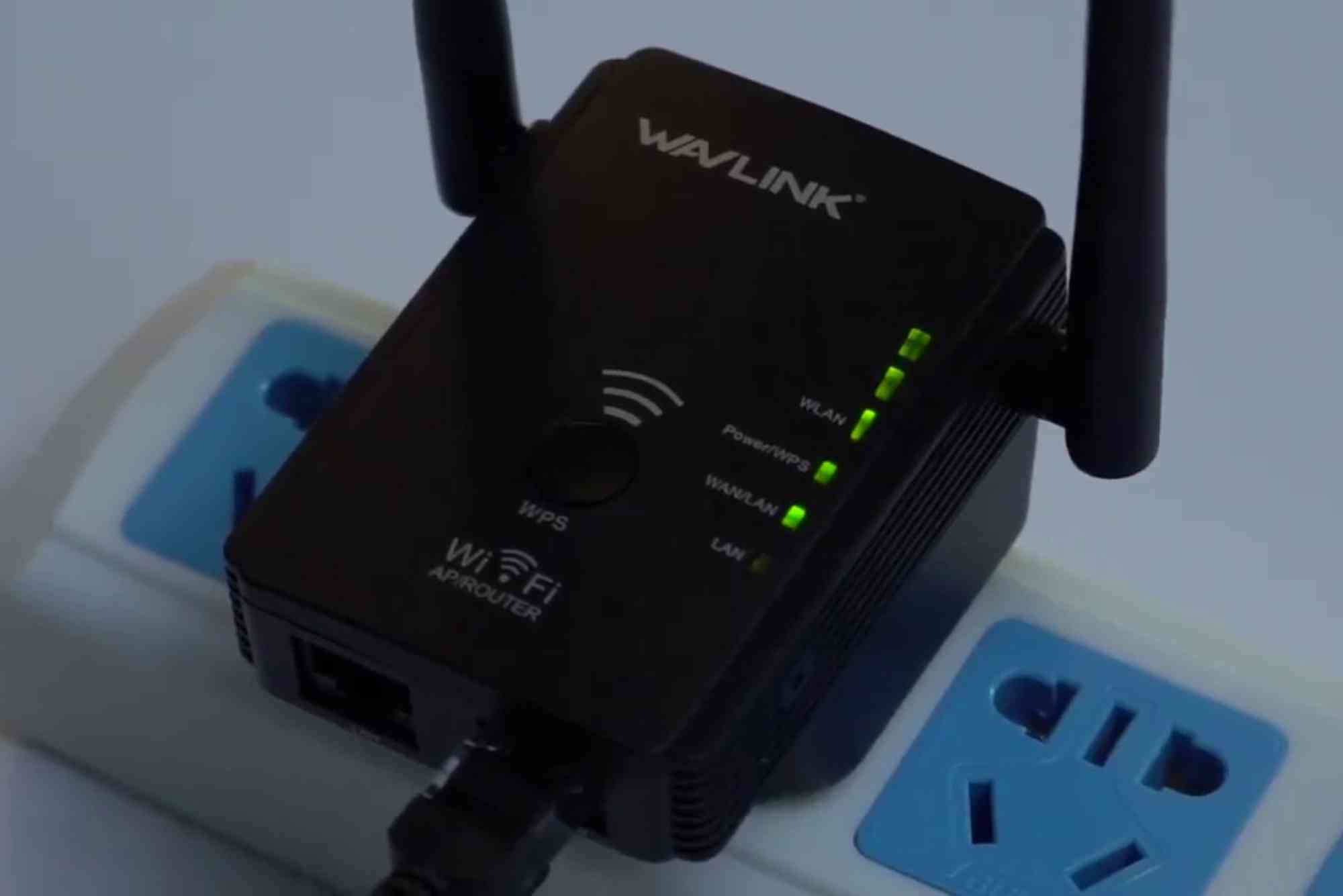Router Not Assigning DNS Server? How to Fix
A reliable internet connection depends on several unseen processes, and one of the most important is DNS resolution. When your router is not assigning a DNS server, your devices cannot translate domain names into IP addresses. This leads to frustrating connection problems where websites refuse to load even though your Wi-Fi signal looks fine.
Why Does “Router Not Assigning DNS Server” Happen?
Routers act as intermediaries between your devices and your internet service provider (ISP). They typically assign DNS servers automatically through DHCP (Dynamic Host Configuration Protocol). If this process fails, you may face DNS-related connectivity issues.
Common causes include:
Misconfigured router DHCP settings.
Outdated or corrupted router firmware.
ISP-side DNS failures.
Conflicts with custom DNS configurations.
Security software blocking DNS requests.
Hardware faults or overheating in the router.
Understanding the root cause helps you apply the right fix instead of guessing.
Symptoms of DNS Server Assignment Problems
If your router is not assigning DNS servers properly, you may notice:
Webpages failing to load with “DNS server not responding.”
Internet access dropping intermittently while Wi-Fi remains connected.
Slow browsing speeds even though speed tests look normal.
Error messages like “Cannot resolve hostname” or “Server IP address could not be found.”
Recognizing these signs ensures you focus on DNS troubleshooting rather than unrelated networking issues.
Fixes for Router Not Assigning DNS Server
Restart Your Router and Modem
Sometimes the simplest fix works best. Power cycling clears temporary glitches in DNS assignment. Turn off your router and modem, wait 30 seconds, then restart them.
Check Router DHCP Settings
Log in to your router’s admin panel (usually via 192.168.0.1 or 192.168.1.1). Ensure DHCP is enabled and that DNS is set to automatic.
-
If DHCP is off, devices won’t get DNS servers.
-
If static DNS is configured incorrectly, revert to automatic DNS.
Manually Configure DNS Servers
If automatic DNS assignment fails, set them manually. Popular choices include:
-
Google DNS: 8.8.8.8 and 8.8.4.4
-
Cloudflare DNS: 1.1.1.1 and 1.0.0.1
-
OpenDNS: 208.67.222.222 and 208.67.220.220
On Windows, go to Network & Internet Settings > Change Adapter Options, right-click your network, and set DNS manually. On mobile devices, you can configure DNS under Wi-Fi settings.
Update Router Firmware
Outdated firmware often causes DNS assignment failures. Visit your router manufacturer’s website or use the admin panel to check for updates. Always update using a stable connection to prevent corruption.
Reset Router to Factory Defaults
If misconfiguration is the culprit, restoring factory settings can solve the problem. Use the reset button (usually found on the back). After resetting, set up your Wi-Fi again and test DNS assignment.
Disable VPN or Security Software Temporarily
Some VPNs and firewalls override DNS handling, preventing routers from assigning DNS servers correctly. Temporarily disable them and test the connection.
Check for ISP-Side Issues
If your router settings look correct but DNS still fails, the issue may lie with your ISP. Contact their support or check service status pages. Sometimes switching temporarily to public DNS fixes the problem.
Replace Faulty Router Hardware
If none of the above fixes help, your router’s hardware might be failing. Overheating, faulty network ports, or damaged firmware chips can prevent DNS assignment. In such cases, replacing the router is the best option.
Advanced Fixes for DNS Server Assignment Problems
Flushing DNS Cache
On Windows, run the following command in Command Prompt:
ipconfig /flushdns
This clears old DNS entries that may conflict with new assignments.
Releasing and Renewing IP Address
In Command Prompt, type:
ipconfig /release
ipconfig /renew
This forces your device to request fresh DNS information from the router.
Editing Hosts File
Sometimes, incorrect entries in the hosts file prevent DNS resolution. Check your system’s hosts file and remove suspicious entries.
Preventing Future DNS Server Assignment Issues
Keep Router Firmware Updated
Set a reminder to check for updates quarterly.
Use Reliable DNS Services
Switching permanently to trusted providers like Google or Cloudflare improves reliability and speed.
Protect Against Malware
Certain malware can hijack DNS settings. Keep devices protected with up-to-date antivirus software.
Invest in a Quality Router
Low-quality routers often suffer from DNS bugs. Choosing a reliable ISP or investing in a professional-grade router prevents frequent headaches.
For example, users of Dhanote Internet Services benefit from stable connectivity backed by modern networking infrastructure, reducing DNS issues significantly.
When your router is not assigning a DNS server, it feels like your internet has completely stopped working even though the Wi-Fi signal is strong. Thankfully, most fixes are straightforward—restarting the router, adjusting DNS settings, or using trusted public DNS providers. More persistent issues may require firmware updates or even hardware replacement.
To ensure a hassle-free browsing experience, keep your router updated, use reliable DNS servers, and work with dependable ISPs like Dhanote Internet Services, which provide strong network support for smoother connectivity.
FAQs
Why is my router not giving DNS?
It usually happens due to DHCP misconfigurations, outdated firmware, or ISP DNS outages.
Can I fix DNS issues without resetting my router?
Yes, try flushing DNS, manually setting public DNS, or restarting your router first.
Is Google DNS better than my ISP’s DNS?
Often, yes. Google DNS and Cloudflare DNS are faster and more reliable than many ISP-provided servers.
Does resetting a router fix DNS server problems?
Resetting clears misconfigurations, which often resolves DNS assignment issues. But try other fixes before doing a full reset.
What if DNS still fails after changing settings?
Contact your ISP, as the issue may be on their end. If they confirm stability, replace your router.

